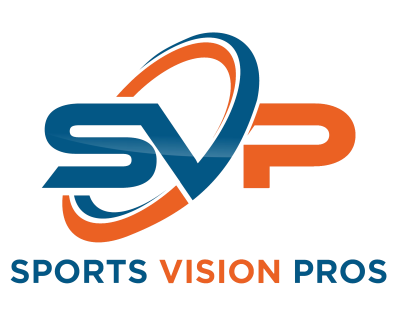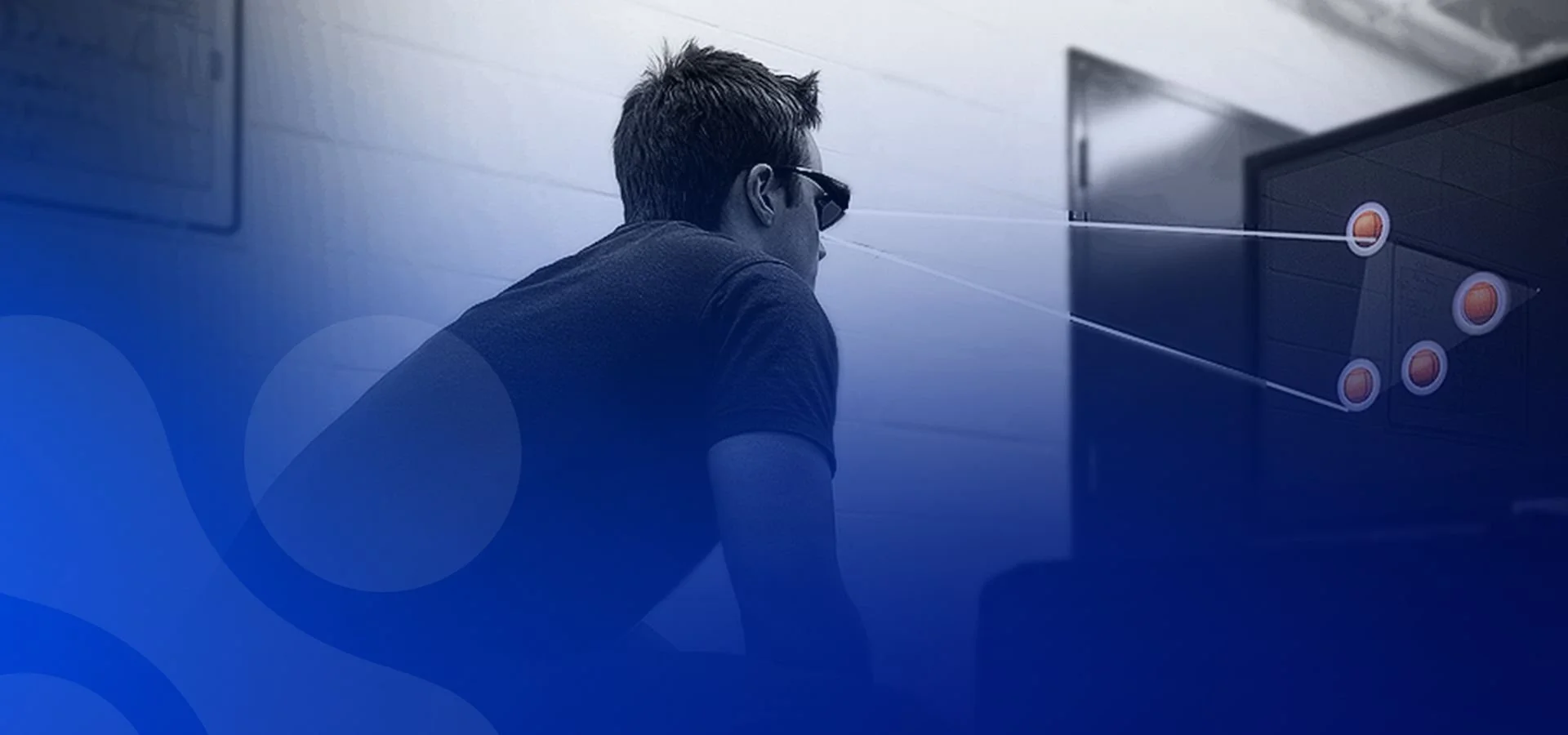Visual Skills - Basic Training
Vision Training can serve multiple purposes - we can work on improving visual/motor/neurological skills to bring athletes up to expected levels; we can challenge the individual to beyond what they thought they were capable of; we can work with them on rehabilitation; and we can work as part of the collective sports medicine team.
For more detailed information visit www.performancevision.academy
Performance Visual Training
Timing of Training
Depending on the type of training, the timing is a critical variable. Since training can alter perceptions and performance, we often train athletes during off-season. Often performance can get worse before it gets better. There are times (ex. rehabilitation or when it is just needed) that we do train in season.
Visual Acuity
After assessing visual acuity and a refraction, one may need glasses or contact lenses. Contacts are the preferred choice of visual correction for most sport. In addition, there are some techniques and apps that may help with improving visual acuity. Recent studies have shown some potential with using Gabor Patches.
Contrast Sensitivity
Contrast can be improved by having the right prescription. In addition, there are ways to train contrast via exercises and/or apps. Contrast can also be hampered by poor fitting contact lenses
Depth Perception (stereopsis)
The ability to perceive the relative distance between objects is critical in certain sports. Training to improve perception of depth is done in multiple ways, and the first start is to make sure both eyes work together.
Speed & Span of Recognition
The ability to perceive what is happening during a dynamic activity is critical in making split second decisions. We can assess and train how well one can identify and recall information provided in a fraction of a second. This can be done in multiple ways, including utilize strobe technology.
Neurological Processing
Through multiple tools we may be able to assist with increasing processing relative to sport and activity. This is done through technology and loading the system with split-attention tasks.
One of our industry partners, Neurotracker, specializes in this area.
Eye Movements
Inaccurate eye movements can result in problems with timing and movement. Training the eyes to move in a more accurate and efficient way can be critical for a sport.
Our industry partner, RightEye, has products to help with this.
Reaction
How fast one reacts can be critical in a sport or activity. We can work on simple and complex reactions involving central targets or reaction to peripheral targets.
Motor Control
The eyes are key to moving one's hand/feet/body in response to what is happening during play. We can use various tools to work on one's control of their hands/feet/body to improve quickness and placement.
Visualization
Visualization is a tool that many athletes use. Sports psychology does a wonderful job of training and working on visualization and sports vision doctors can help supplement their work.
Integration
Vision Training was historically done solely in an optometrist's office. While this is still offered and effective, training moving into training/rehab centers, into practices, and into games. In order to make this as effective as possible, Sport and Performance Vision is now part of the Sports Medicine Team. It is up to all of us to help our athletes perform better. Come and be a part of the Sports Vision Pros.
Partners

















